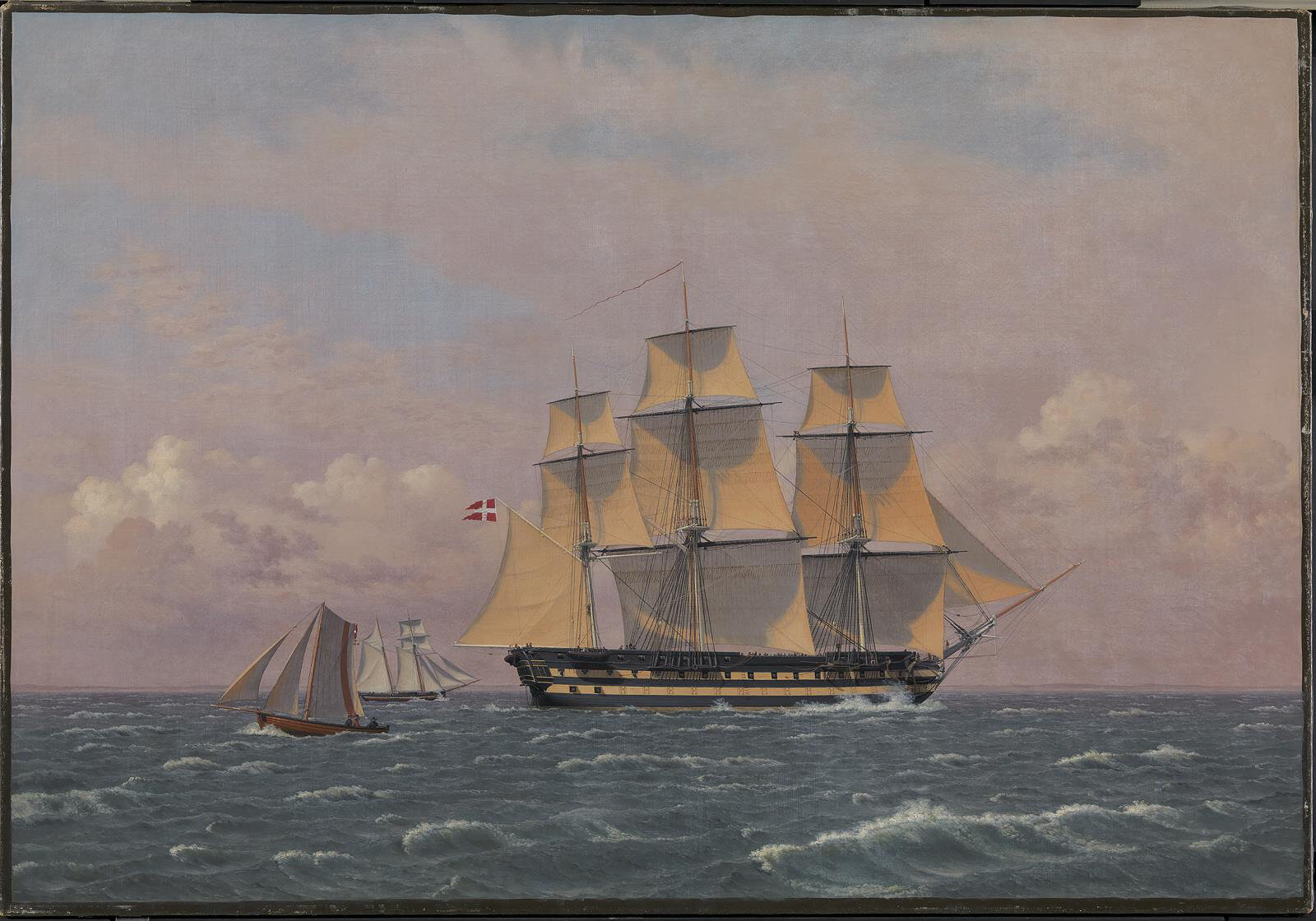Danish artists in the 19th century might have used leftover brewing byproducts to prepare their canvases, according to a new study. Researchers who examined paintings from the Danish Golden Age discovered traces of yeast and grains. The study, which was published in the journal Science Advances, suggests that artists used byproducts from local breweries to prime their canvases.
Details of the Study
The researchers, led by study author Cecil Krarup Andersen, were initially looking for glue made from animals. Andersen, who is a paintings conservator at the Royal Danish Academy, said that they were surprised to find yeast and grains instead. According to Andersen, the brewing leftovers might have been spread over the canvases as a paste, creating a smooth surface and preventing the paint from seeping through. This priming process is usually done with a white mixture known as gesso.
To conduct the study, scientists analyzed works by two of the first master painters from Denmark—Christoffer Wilhelm Eckersberg, considered the father of Danish painting, and Christen Schiellerup Kobke. Researchers used pieces of canvas that had been trimmed off the paintings in an earlier conservation project to get a peek underneath their scenes of bobbing ships and family portraits. The team analyzed the little strips to pick out what kinds of proteins were in them.
Results of the Study
The study found that seven of the ten paintings contained mixes of yeast, wheat, rye, and barley proteins—some of the key ingredients for a good Danish ale. Lead author Fabiana Di Gianvincenzo, a heritage scientist now at Slovenia’s University of Ljubljana, explained that beer itself was a precious commodity at the time, and it was even used to pay salaries. Artists probably weren’t pouring actual drinks onto their work. Instead, the Royal Danish Academy of Fine Arts likely bought leftover mash from local breweries to prepare canvases for its artists.
According to Andersen, this kind of recycling wasn’t uncommon. Artists also used bits of sails for their canvases and boiled leather scraps for their glue. Records from the time also suggested that beer products may have been used in the arts. The research links two elements of Danish culture, Andersen said. Beer is one of the first things some people think about when they hear the word Denmark. This particular time and these particular paintings are deeply rooted in Denmark’s story as a nation.
Implications of the Study
The authors of the study said that knowing what was on the canvases would help in conserving them. The findings of the study might help in preserving the paintings from the Danish Golden Age. The study also highlights the resourcefulness of artists in the 19th century. It shows that artists used whatever materials were available to them to create their art. The use of brewing byproducts to prepare canvases was a creative solution to a problem faced by artists in the 19th century.
A recent study found that Danish painters in the 19th century might have used brewing byproducts to prepare their canvases. The study examined paintings from the Danish Golden Age and found traces of yeast and grains. This suggests that artists used byproducts from local breweries to prime their canvases. The study’s findings might help in preserving the paintings from the Danish Golden Age. It also shows the resourcefulness of artists in the 19th century and highlights the use of creative solutions to problems faced by artists of that time.


Leave a Reply